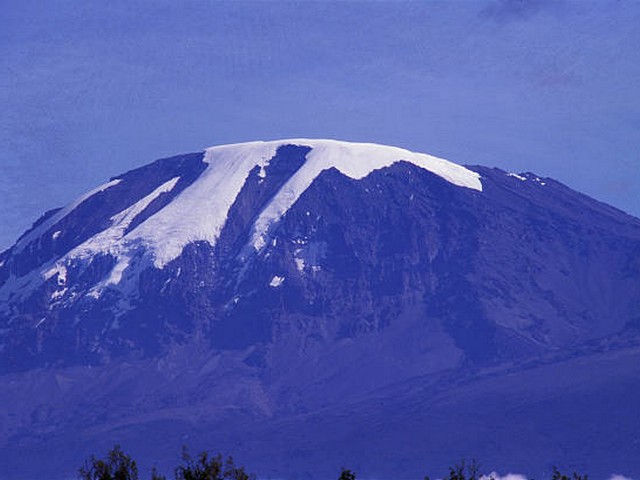Kilimanjaro Packing List Essentials: Your Guide to the Summit
Standing majestically above the African plains, Mount Kilimanjaro is not just a mountain; it’s a monumental journey that touches the sky. Embarking on this trek is a dream for many adventurers, and reaching the summit is a testament to human spirit and endurance. But before you lace up your boots and step onto the trail, proper preparation is key to your success and enjoyment. That’s why we at Kilimanjaro Centre for Trekking and Ecotourism (KCTE) have crafted this comprehensive guide to help you pack wisely. With our expertise, your climb will be nothing short of spectacular.
Why the Right Packing List Matters
Climbing Kilimanjaro is unlike any other adventure. It’s a trek through five unique climate zones—each with its own weather patterns and challenges. From the rainy tropical forest to the arctic conditions at the summit, the right gear is essential. A well-thought-out packing list not only ensures comfort but also safety throughout your trek. Let’s embark on this journey together, ensuring you are perfectly equipped for every step of the way.
Clothing: Dressing for Success at High Altitudes
Base Layers
Start with moisture-wicking base layers. These are crucial as they keep you dry and comfortable by pulling moisture away from your skin. For both tops and bottoms, opt for materials like merino wool or synthetic fibers.
Insulation Layer
The temperatures on Kilimanjaro can plummet as you ascend. Pack a fleece or down jacket that offers substantial warmth yet is light enough to carry.
Outer Layer
A waterproof and windproof jacket and pants are vital. They serve as your shield against the unpredictable weather of Kilimanjaro.
Head and Hand Gear
A warm hat and a sunhat are must-haves, as are waterproof gloves. These small items can make a significant difference in your body temperature regulation.
Footwear
Invest in a sturdy pair of hiking boots. Make sure they are well broken-in to avoid blisters. Pair these with moisture-wicking socks and consider thermal options for the summit night.
Gear: Tools for the Trail
Backpack
A durable, fit-for-purpose backpack (30-40 liters) is essential. It should be comfortable, with a waist strap to distribute the weight properly. Don’t forget a rain cover to protect your possessions.
Sleeping Gear
Since nights can be frigid, a warm sleeping bag (rated at least -10 degrees Celsius) and an insulated sleeping pad are indispensable for a good night’s sleep.
Trekking Poles
These are not just accessories but necessities that provide balance and support, reducing the strain on your legs.
Hydration System
Staying hydrated is critical. Carry a reusable water bottle or a hydration bladder with a capacity of at least 2 liters.
Headlamp
A reliable headlamp and extra batteries are crucial, especially for summit night when you trek in the dark.
Health and Safety: Stay Prepared
Sun Protection
Pack high SPF sunscreen, SPF lip balm, and sunglasses with UV protection to shield yourself from the sun’s harsh rays.
First Aid Kit
Include altitude sickness medication, pain relievers, bandages, antiseptic wipes, and any personal medications.
Nutrition and Snacks
High-energy, lightweight snacks like nuts, chocolate, and dried fruits can be very helpful. They provide quick calories and boost morale during challenging stretches.
The Extras: Enhancing Your Experience
Camera
Don’t forget a camera or a smartphone with a good camera to capture the breathtaking vistas. Make sure you have extra batteries or a portable charger.
Notebook and Pen
For many, reaching the summit is a profound experience. Keep a lightweight notebook and pen handy to jot down your thoughts or feelings.
Biodegradable Wet Wipes
Maintaining personal hygiene is tricky on the mountain. Biodegradable wet wipes are a convenient solution.
Plastic Bags
Use these for dirty clothes or to keep electronic devices dry. Ensure they are securely stored to prevent environmental contamination.
Why Choose KCTE for Your Kilimanjaro Adventure?
At Kilimanjaro Centre for Trekking and Ecotourism, we are not just guides; we are custodians of your Kilimanjaro experience and the mountain’s natural beauty. Our seasoned experts ensure you’re well-prepared, safe, and primed for success. By choosing KCTE, you’re not only signing up for an adventure of a lifetime but also supporting sustainable tourism practices that protect our beloved Kilimanjaro.
Frequently Asked Questions
Q: What is the best time of year to climb Kilimanjaro?
A: The best times are during the dry seasons: January to mid-March and June to October.
Q: How fit do I need to be to climb Kilimanjaro?
A: Kilimanjaro is a physically demanding trek that requires a good level of fitness. Begin training well in advance, focusing on cardio, strength training, and hikes.
Q: Can I rent equipment locally?
A: Yes, KCTE offers rental options for major gear like sleeping bags and trekking poles. However, we recommend bringing personal items such as boots and clothing that fit you well.
Q: What about travel insurance?
A: Ensure you have travel insurance that covers high altitude trekking up to 6,000 meters.
Ready to Conquer Kilimanjaro?
Embarking on a Kilimanjaro trek is a thrilling challenge that demands respect and preparation. With the right packing list, guided by Kilimanjaro Centre for Trekking and Ecotourism, you’re already closer to the summit. Remember, every item in your backpack is a step closer to a successful and memorable ascent. Contact KCTE today, and let’s gear up for a journey that will elevate your spirit to new heights!




